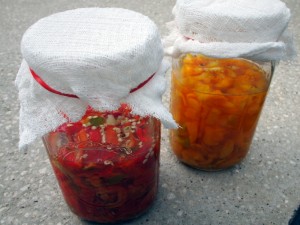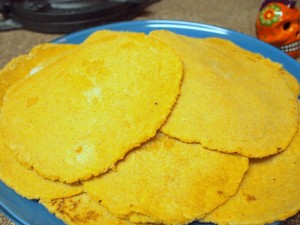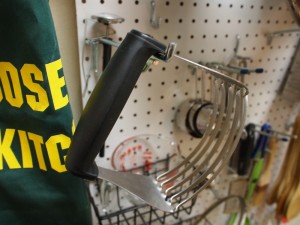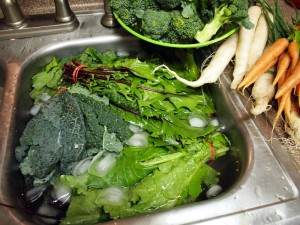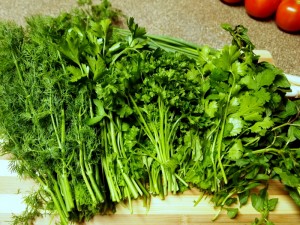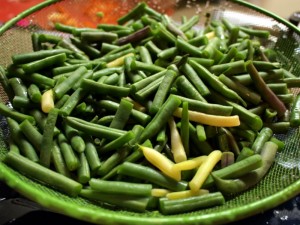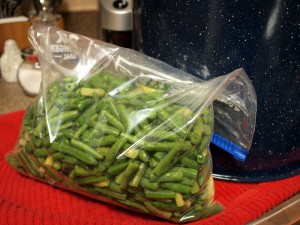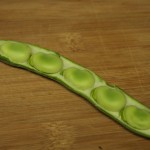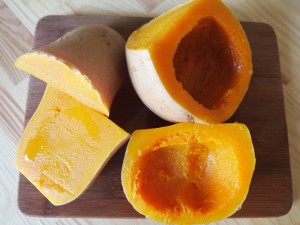Fresh hot peppers are abundant this time of year and it is easy to take them for granted. But, come this winter, you will be glad if you take the time now to preserve your piquant summer bounty. Here are a few of our favorite ways to make sure we have hot peppers all year long:
- Dried Pepper Flakes – This is my favorite way to preserve hot peppers with thin flesh like hinkelhatz, cayennes, scotch bonnets, and habaneros. Dehydrate whole, clean, fresh peppers in a dehydrator until they are dry and brittle, about 12 hours. If you don’t have a dehydrator you can also dry peppers in a warm (150 degree) oven or outside, but these methods may take considerably longer. Dried peppers are more comfortable to handle then fresh peppers – once they are dry you can easily remove the stems and shake out the seeds if desired. Transfer the dried peppers to a food processor and pulse until the peppers are in the desired size flakes. Let the flakes and any dust settled in the food processor then transfer to an airtight container and keep for up to a year.
- Smoked Peppers – I get really excited when I hear that a friend is smoking a brisket, not because I have ever even had brisket but because it is a good chance to smoke salt (yummy) and peppers. Choose hot peppers with thicker flesh that can soak up the most flavor. Homemade smoked jalapenos (also known as chipotles) will make you think twice about their canned cousins and smoked poblanos are fantastic in cold weather chili. Serranos are also a good option. If your smoked chilies are not fully desiccated store them in the refrigerator in an airtight container for up to a year.
- Pickled Peppers – I love pepper relish and sweet pickled hot peppers. We have a good pickled jalapeno recipe, which would also work well padróns or any pepper with a medium-high heat. Canned pickled peppers will last forever and should be refrigerated when opened.
- Salt Brine Fermenting – This summer we are making fermented hot sauce with padrón peppers and habaneros using a recipe from the Joy of Cooking. They are brined in a salted sweet wine and left open to the air for several days to ferment. The fermented peppers are then ground, vinegar is added, then it is bottled. This hot sauce can last in the refrigerator indefinitely (think about the bottle of Tabasco that always seems to be in the back of the fridge when you need it).
